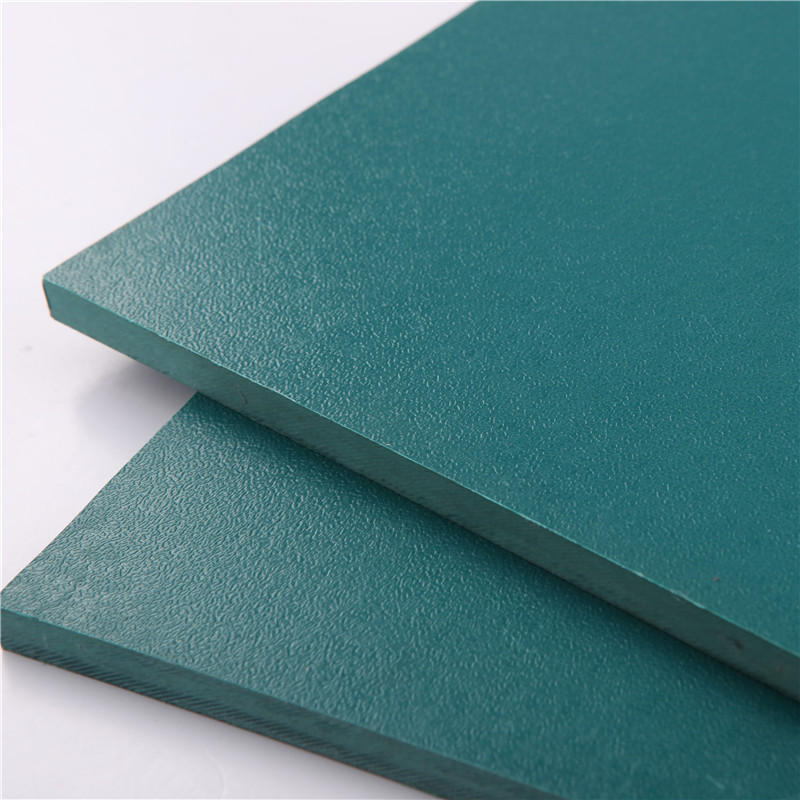Aug . 30, 2024 01:53 Back to list
Industrial Pipe Fittings - High-Quality & Durable Solutions
Understanding Industrial Pipe Fittings An Essential Component in Pipeline Systems
Industrial pipe fittings play a vital role in connecting, redirecting, and controlling the flow of fluids and gases within various piping systems. These fittings are essential in industries ranging from oil and gas to water treatment, pharmaceuticals, and beyond. Their primary function is to ensure seamless and efficient transportation of substances through pipelines.
Types of Pipe Fittings
Pipe fittings come in various shapes and sizes, each designed for specific functions. The most common types include
1. Elbows These fittings allow for a change in direction of the pipe, typically at angles of 90 or 45 degrees. Elbows facilitate smooth transitions in piping systems, helping to maintain flow efficiency.
2. Tees Shaped like the letter T, these fittings enable the branching of pipelines. They can connect three sections of pipe, allowing fluid to flow in multiple directions.
3. Reducers Used to connect pipes of different diameters, reducers help manage pressure and flow rates in a system. They can either be concentric or eccentric, depending on the application needs.
4. Couplings These fittings are used to join two sections of pipe, ensuring a tight and leak-proof connection. They can be classified into various types, such as slip couplings and threaded couplings.
industrial pipe fittings

5. Caps and Plugs These fittings are used to seal the ends of pipes. Caps cover the end of a pipe, while plugs can be inserted into the fitting to block the flow.
Materials Used in Pipe Fittings
The choice of material for pipe fittings is crucial, as it affects the durability, strength, and compatibility with the fluids being transported. Common materials include
- Steel Renowned for its strength and durability, steel fittings are often used in high-pressure applications. - Brass With excellent corrosion resistance, brass fittings are commonly used in plumbing systems and for gas applications. - PVC Polyvinyl chloride (PVC) fittings are lightweight and resistant to corrosive substances, making them ideal for water and chemical applications. - Stainless Steel This material combines strength with corrosion resistance and is often employed in food and pharmaceutical industries.
Installation and Maintenance
Proper installation of pipe fittings is crucial to ensure leak-free and efficient operation. It is essential to follow manufacturer guidelines and industry standards during installation. Routine maintenance checks can help identify potential issues such as wear, corrosion, or leaks, which, if left unaddressed, can lead to significant operational downtime and safety hazards.
Conclusion
In conclusion, industrial pipe fittings are indispensable components in various pipeline systems. Understanding their types, materials, and proper installation can greatly enhance the efficiency and safety of fluid transportation in industrial settings. As industries continue to evolve, the designs and materials used in pipe fittings will also advance, ensuring compatibility with new technologies and applications in the ever-changing landscape of industrial operations.
-
Premium PVC Round Rods: Durable, Chemical Resistant, Easy to Machine
NewsAug.11,2025
-
PP U-channel: Chemical-Resistant, Lightweight & Durable
NewsAug.10,2025
-
Transparent PVC Pipe: Clear Flexible Tubing for Fluids
NewsAug.09,2025
-
Durable PP Rigid Sheet: Versatile & High-Quality Plastic Panels
NewsAug.08,2025
-
Premium Glossy PP Rigid Sheet – Durable & Versatile
NewsAug.07,2025
-
High-Quality HDPE Sheet | Durable Plastic Panels
NewsAug.06,2025

